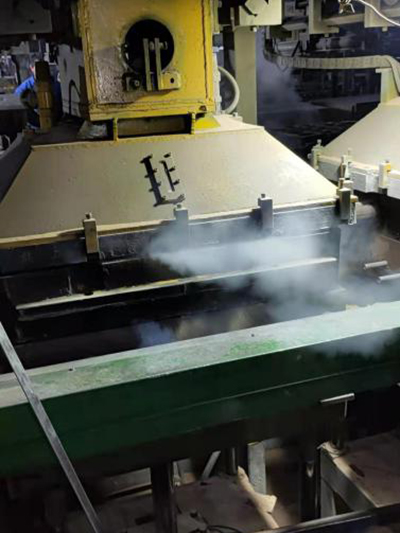Sanding 3D prints is a crucial step in the post-processing stage that can significantly enhance the final appearance and finish of your models. Whether you're looking to smooth out rough surfaces, remove layer lines, or prepare your print for painting, effectively sanding your 3D prints can make a world of difference. Here’s a guide on how to achieve a polished finish on your 3D-printed objects.
Step 1 Gather Required Materials
Before you start sanding, gather the necessary tools. You will need various grits of sandpaper, typically ranging from coarse (80-120 grit) to fine (400-600 grit) depending on the level of smoothness desired. Additionally, you may want to have a sanding sponge or block for better grip and even pressure. For more advanced smoothing, consider using a rotary tool with sanding attachments.
Step 2 Initial Assessment
Examine your 3D print for any prominent layer lines, support structures, or imperfections. Use a utility knife to carefully trim away any large defects or support marks. This will make the sanding process more manageable.
Step 3 Begin with Coarse Grit
Start sanding with a coarse grit sandpaper. This will help to remove the most noticeable imperfections and layer lines. Sand in a circular motion or along the grain of the print to prevent uneven surfaces. Be cautious not to apply too much pressure, as this can lead to gouging or uneven spots.
Step 4 Progress to Finer Grains
how to sand 3d print

Once the rough surface is smoothed to your satisfaction, gradually move to finer grits of sandpaper. Progressively go to medium grit (around 220-320) and then finish with fine grit (400-600). Each transition helps to refine the surface further and eliminate scratches left by the previous grit.
Step 5 Clean Your Print
After sanding, make sure to clean your print to remove any dust and particles. This can be done using a soft brush or a damp cloth. Cleaning is essential, especially if you plan to paint or apply a finish later.
Step 6 Advanced Finishing (Optional)
For those looking for an ultra-smooth finish, consider additional techniques such as using a smoothing agent like acetone for ABS prints, or a heat gun for PLA prints. These methods can help to further reduce the appearance of layer lines and create a glossy finish.
Conclusion
Sanding is a valuable skill that can significantly improve the quality of your 3D-printed models. With practice and patience, you can achieve stunning results that will elevate your projects. Whether for display or functional use, a well-sanded print will stand out and showcase your craftsmanship. Happy printing and sanding!
Post time:ნოე . 24, 2024 19:13
Next:Understanding the Density of Foundry Sand for Optimal Casting Performance
